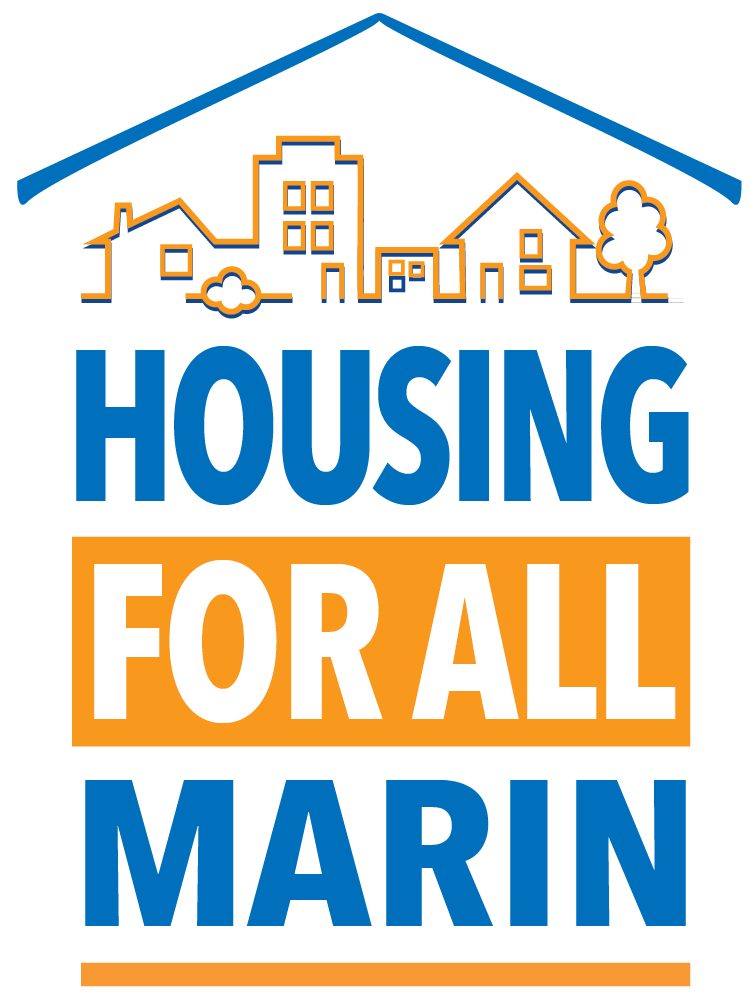Combating segregation
Affordable Housing Will Help Us Fight Segregation and Achieve Racial Justice:
Our home in Marin is flush with natural beauty and possessed of strong progressive values. Yet, due to our overwhelming affordable housing shortage, we were recorded as being the single most racially segregated county in the entire state of California in 2022. Our historic inability to construct an adequate supply of affordable homes means many BIPOC residents have been systemically barred from Marin by the sky-high cost of living and clustered in segregated communities. It’s time for us to change that.
We’re shockingly segregated:
- Marin is leaps and bounds more segregated than anywhere else in the Bay Area: Our County is five times as segregated as Sonoma County and twice as segregated as San Francisco. This problem has only gotten worse over the last ten years as our affordability crisis has gone into overdrive.
- Our lack of affordable housing drives segregation: In over 90% of Marin, only expensive and bulky single-family homes are allowed, which makes it exceedingly difficult for lower- and middle-income residents, who are disproportionately black and Hispanic, to find affordable housing in our neighborhoods.
- This segregation is reflected in our schools: The Sausalito Marin School District received California’s first school desegregation order since Martin Luther King Jr. still walked the earth. This is the world our kids are learning.
Our segregation has nauseating costs:
- Homelessness: Existing research clearly shows that affordable housing scarcity is the primary cause of homelessness. And in Marin, Black residents compose 17% of our homeless population despite making up just 2.2% of Marin. Moreover, these Marinites are overwhelmingly Marin-born and raised–the descendants of Jim Crow refugees that we relied upon to build our warships back in the 1940s.
- Poor living conditions: New affordable housing production has not kept pace with new residents, particularly BIPOC residents. Marin’s Latino population more than doubled from five to ten thousand between 2010 and 2020, while we permitted around just 500 new homes during that time span. As a result, existing Latino homes have become dangerously overcrowded.
- Worse health outcomes: Because many BIPOC residents find themselves overburdened by housing costs and locked into poorly resourced areas, their health suffers. Black residents in Marin have a life expectancy seven years lower than white residents, black women have a mortality rate during birth three to four times that of white moms, and the black infant mortality rate is twice that of white infants. Our residents deserve better.
- COVID Impacts: The COVID pandemic was especially worse on BIPOC residents due to the aforementioned systemic issues. According to a report on the need for a racially equitable recovery, future “pandemic vulnerability can be exacerbated by systemic inequality rooted in racial injustice.”
- A Marin dream out of reach: Due to high housing costs and the legacy of racial covenants, black residents have been historically locked out of the stability of homeownership in Marin; while almost 68% of white Marin County households own their home, just 25% of black residents can say the same.
